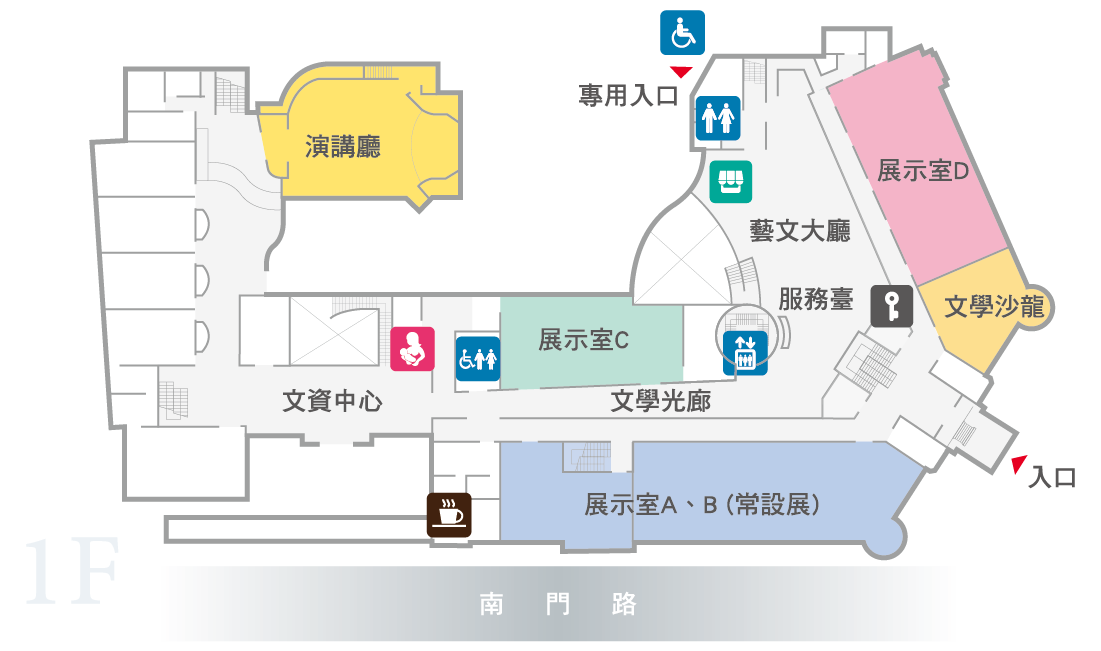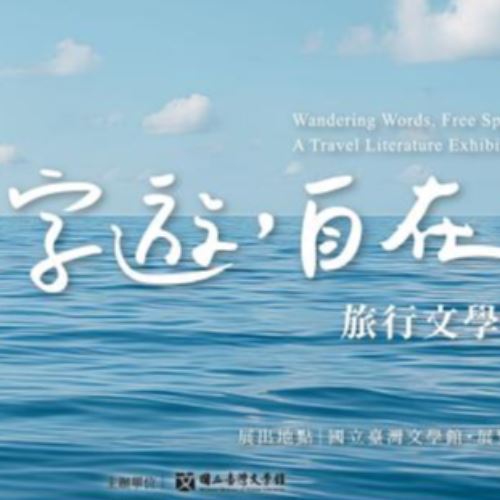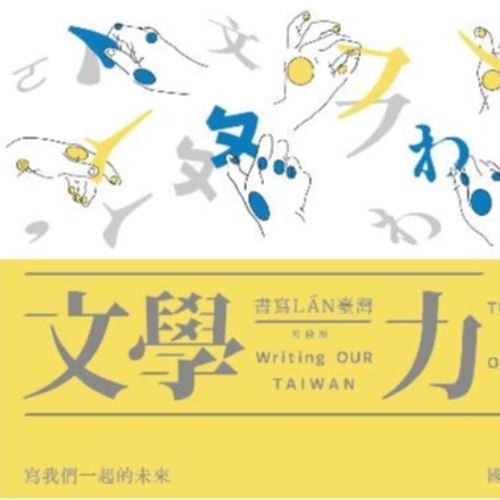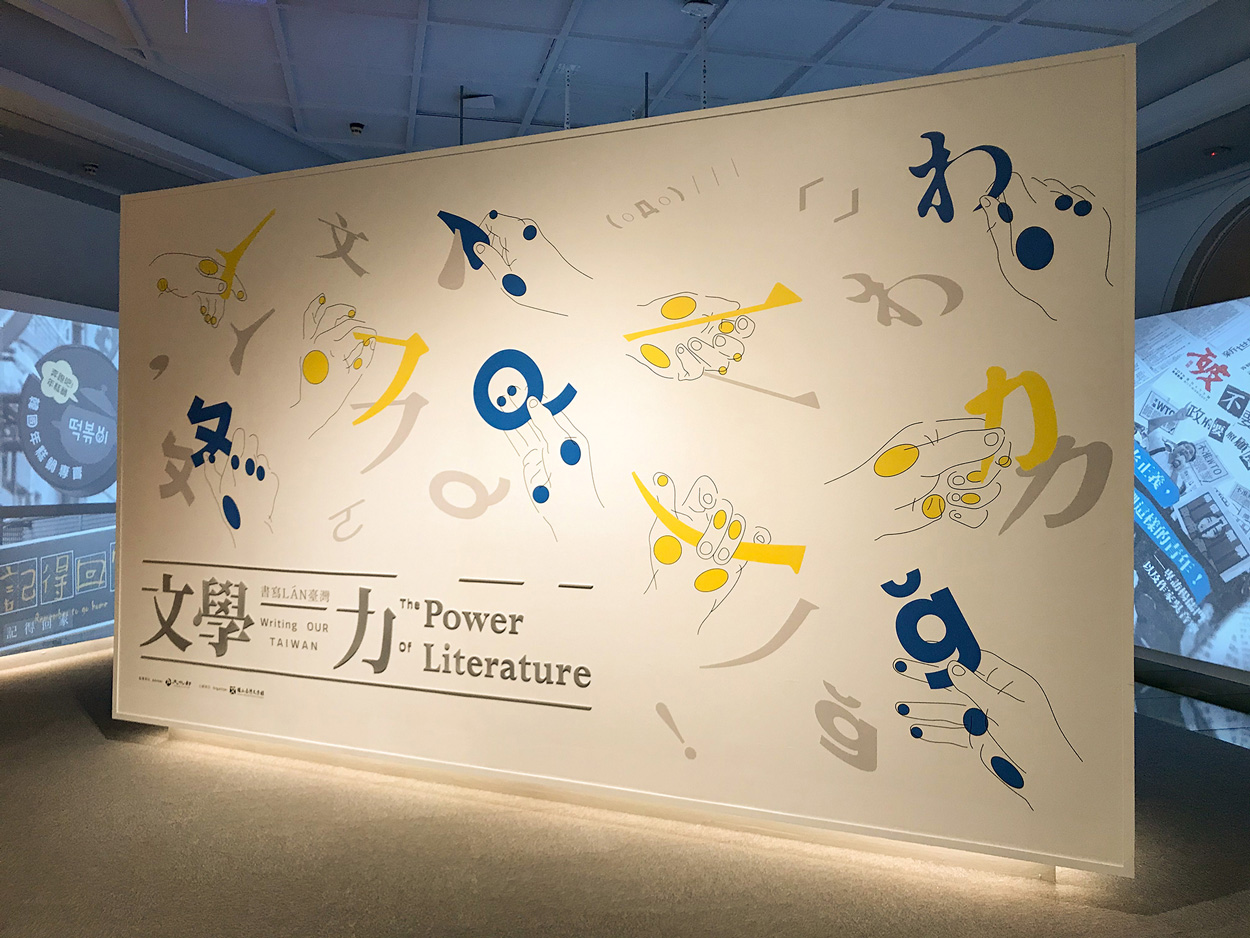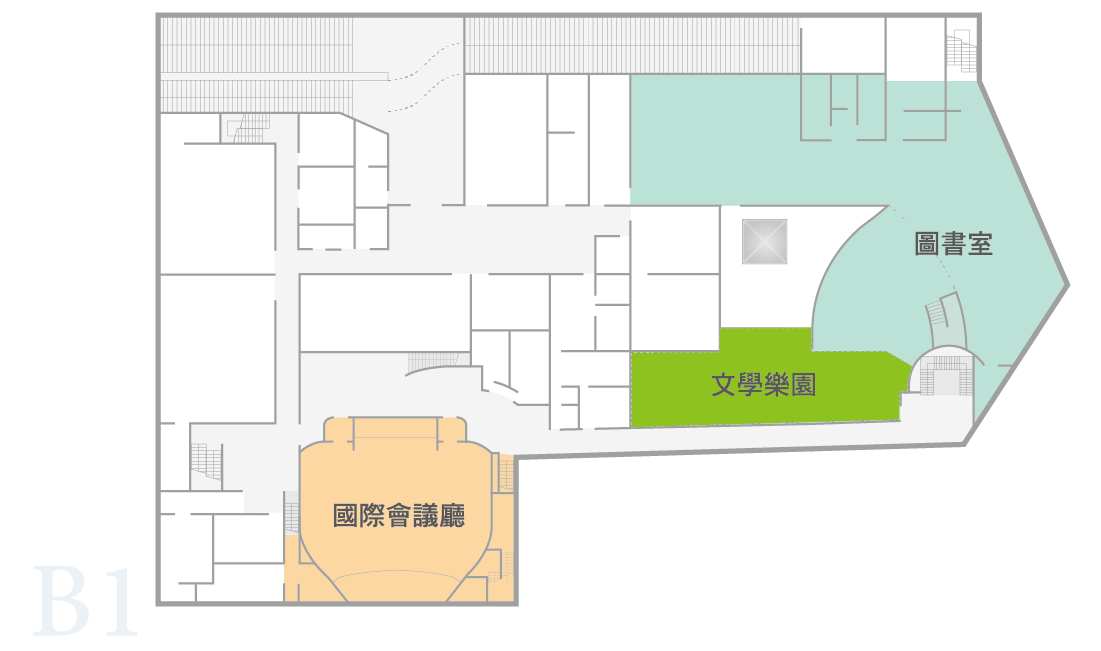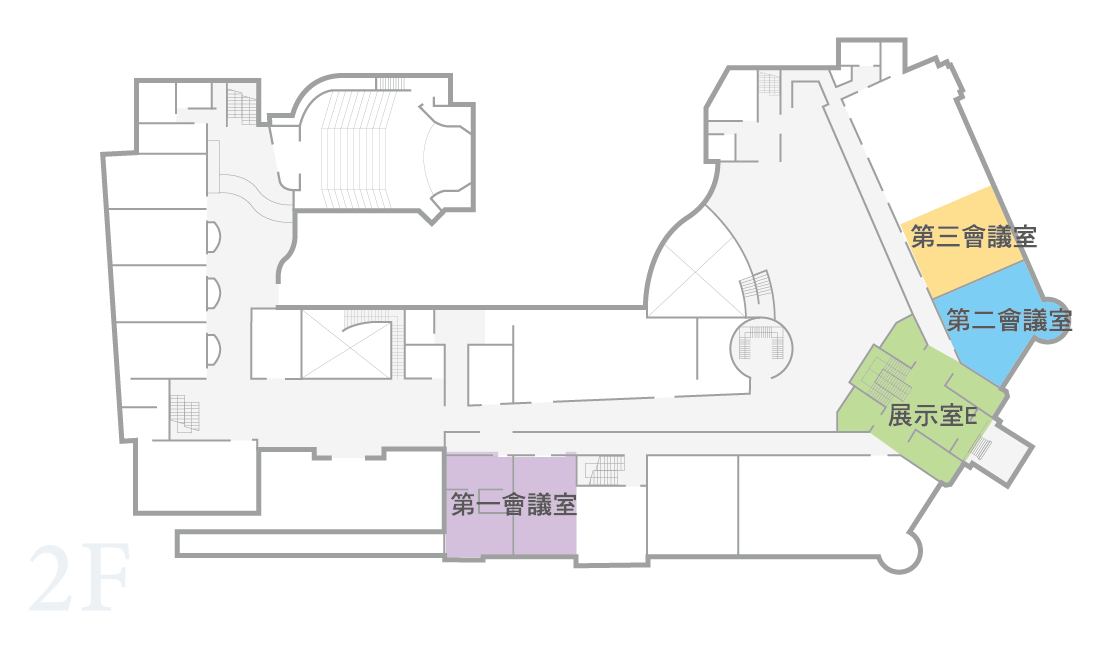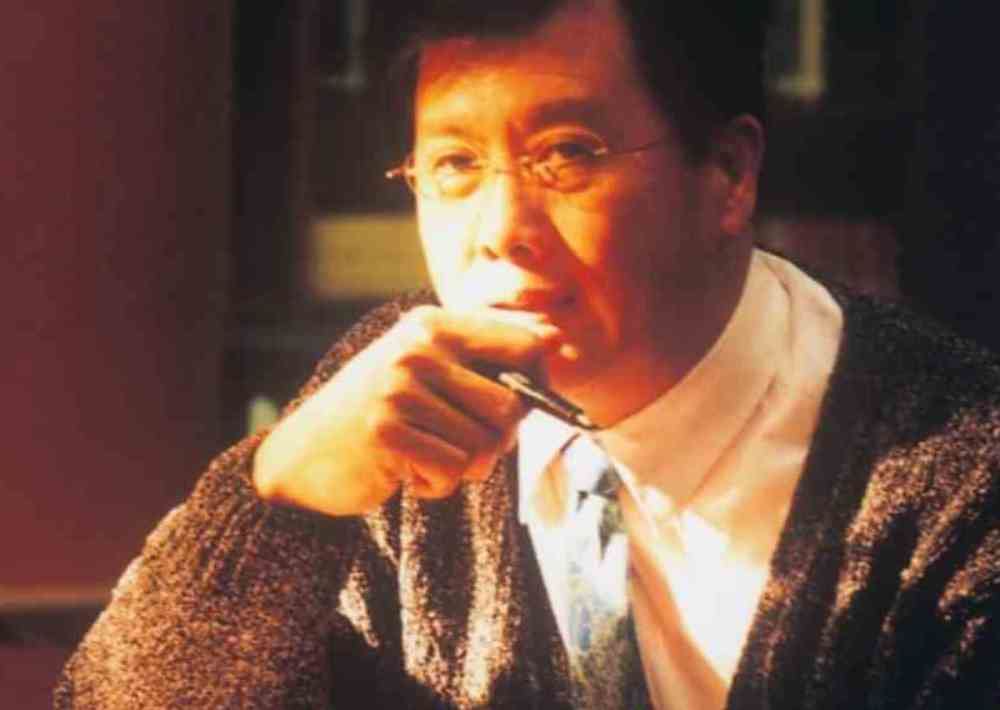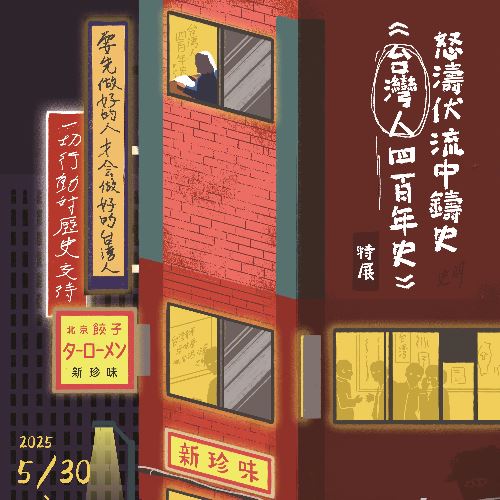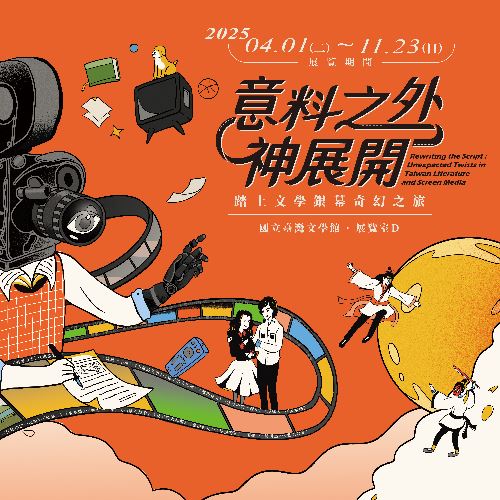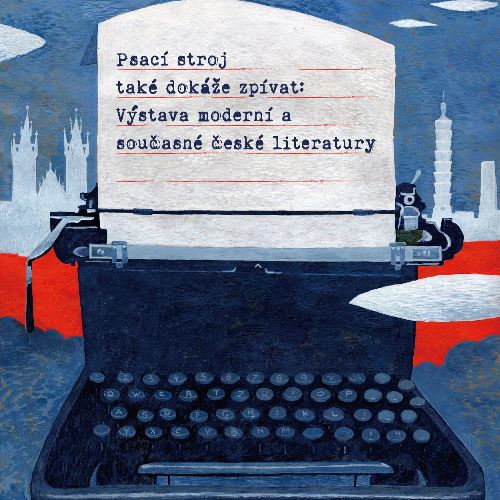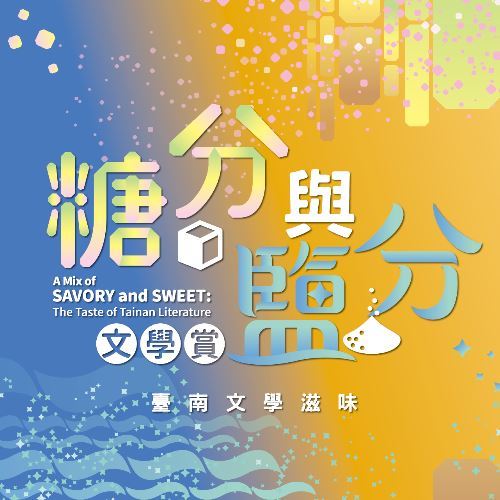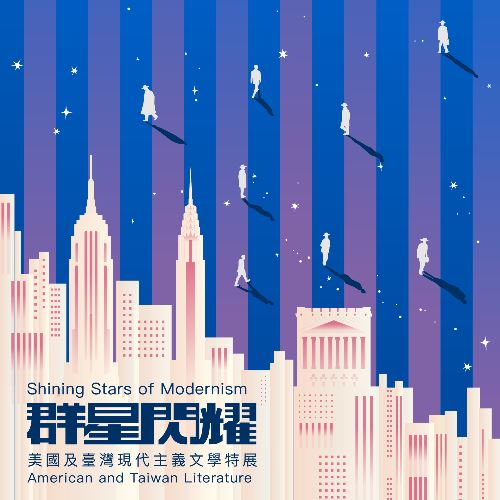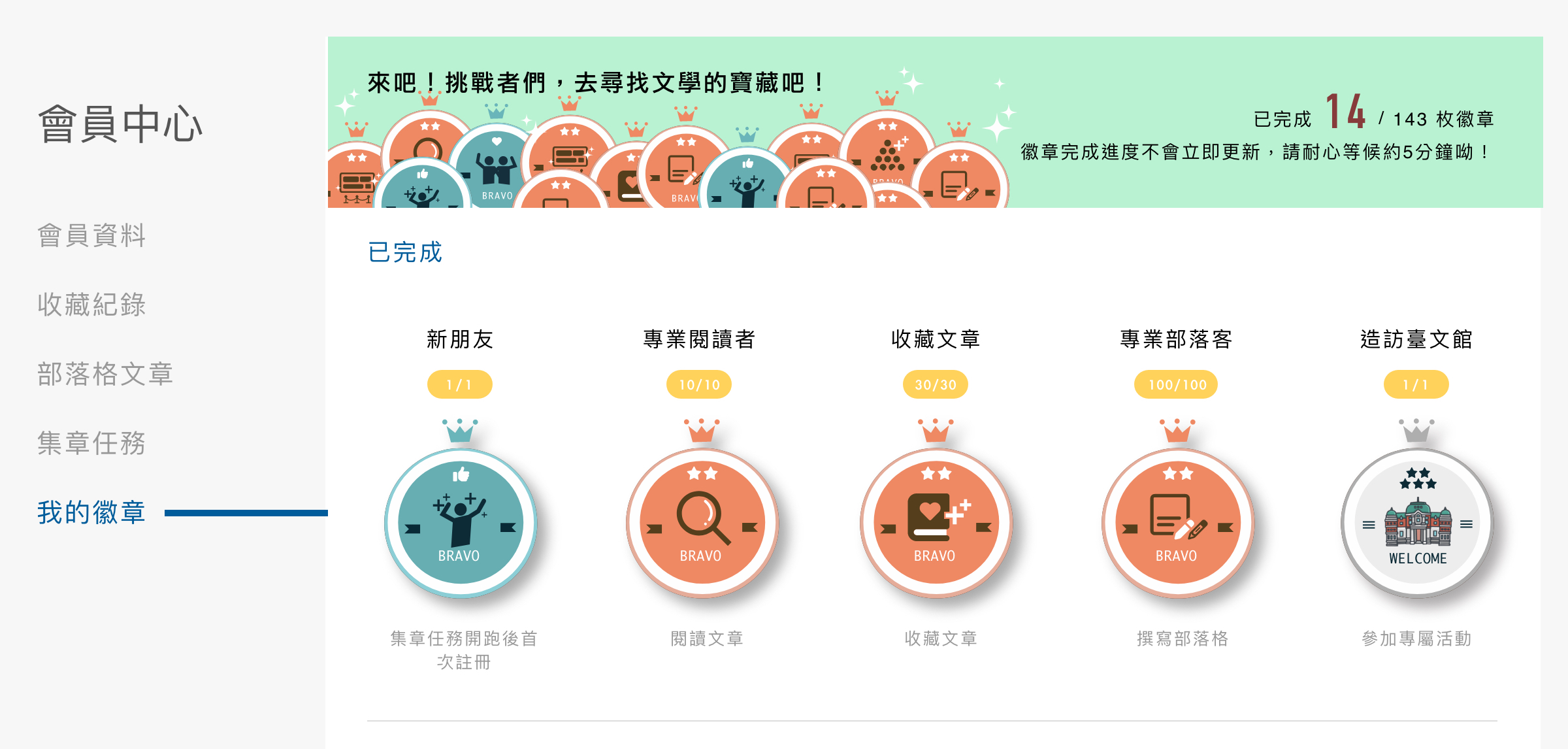When was your last trip? Where is your favorite place to travel?
At some point in time, travel became a part of our daily lives. Regardless of whether their destinations are local or overseas, many now mark their trips by sharing snapshots of scenery and food on social media.
Yet traveling is more than just physically moving our body from one place to another—it is also an act of changing our perspectives and state of mind. The first people to record what they saw and experienced on their journeys marked the beginning of a new genre: travel literature.
Taiwan’s travel literature spans centuries of history and countless themes, with paths as far and wide as those of its writers. As a result, we can now voyage across the world from the comfort of our homes by simply reading their works. Through their words, we can embark on the same adventures, exploring new destinations, encountering different cultures, and even rediscovering ourselves along the way.
Let us set out on our own trip through travel literature and join its writers to search for the true meaning of “traveling.”
